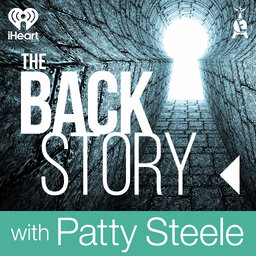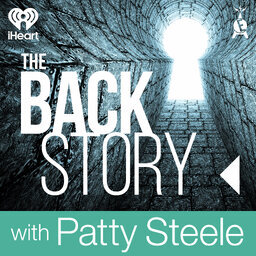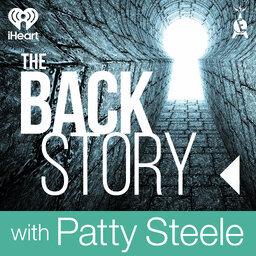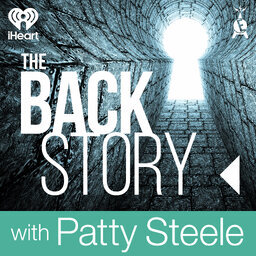The Backstory: Back from the dead to take the gold
At age 16, Betty Robinson ran in the 1928 Olympics, the first games that allowed women to compete in track and field. She won gold and tied a world record. Three years later, she was in a horrific plane crash. Thought to be dead, she was taken to an undertaker. But her incredible determination and unbelievable recovery led her to another Olympic gold medal.
 The Backstory with Patty Steele
The Backstory with Patty Steele



